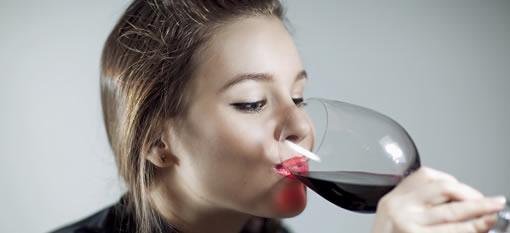Two glasses sit side by side on the table, each filled midway up with red wine. On the bottom of each stem is a white piece of paper. One reads “Wine A”; the other, “Wine B.” I, along with approximately one hundred and thirty others, have a simple assignment: taste both wines and rate their tastes from one (worst) to ten (best), then write down which we think is more expensive. We aren’t allowed to comment out loud or talk with our neighbors. What—and how—will we choose? And will those rankings match the rankings and prices of the actual wines inside each glass?
This live-action experiment was conducted in early June by the Columbia University neuroscientist Daniel Salzman. His premise is that no event or object is ever experienced in perfect, objective isolation. It is instead subject to our past experiences, our current mood, our expectations, and any number of incidental details—an annoying neighbor, a waiter who keeps banging your chair, a beautiful painting in your line of sight. With something like wine, all sorts of societal and personal complications come into play, as well. We worry, for example, about whether our taste is “good.”
more on newyorker.com




